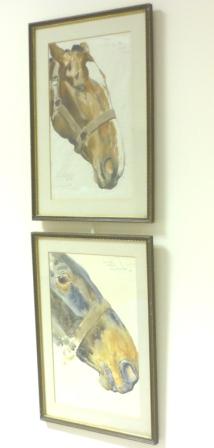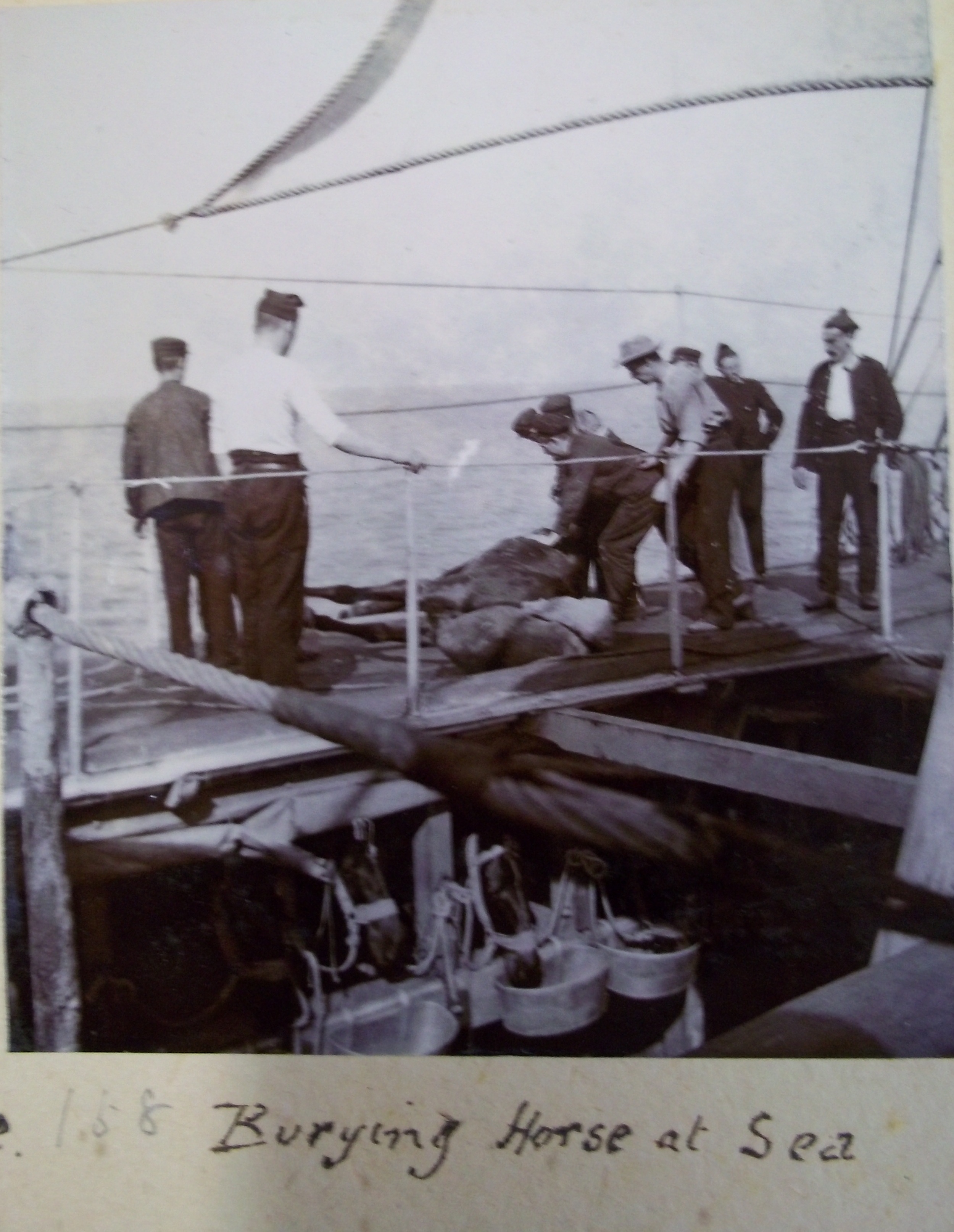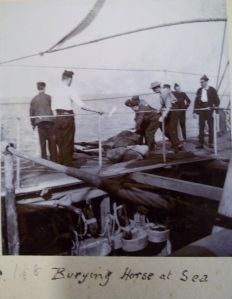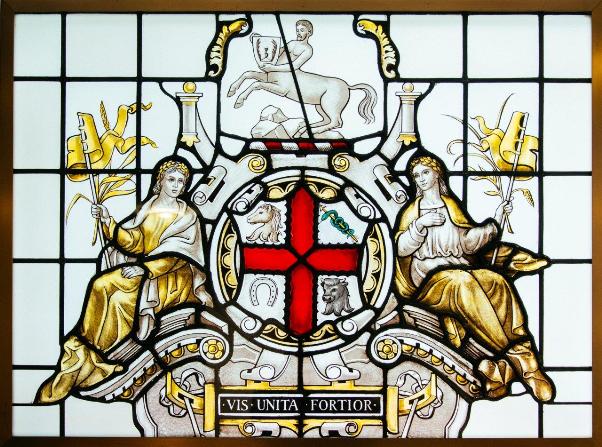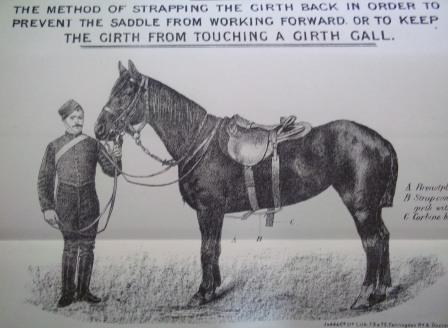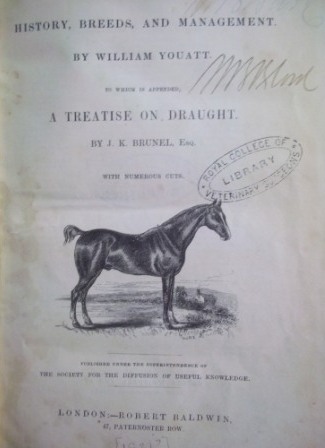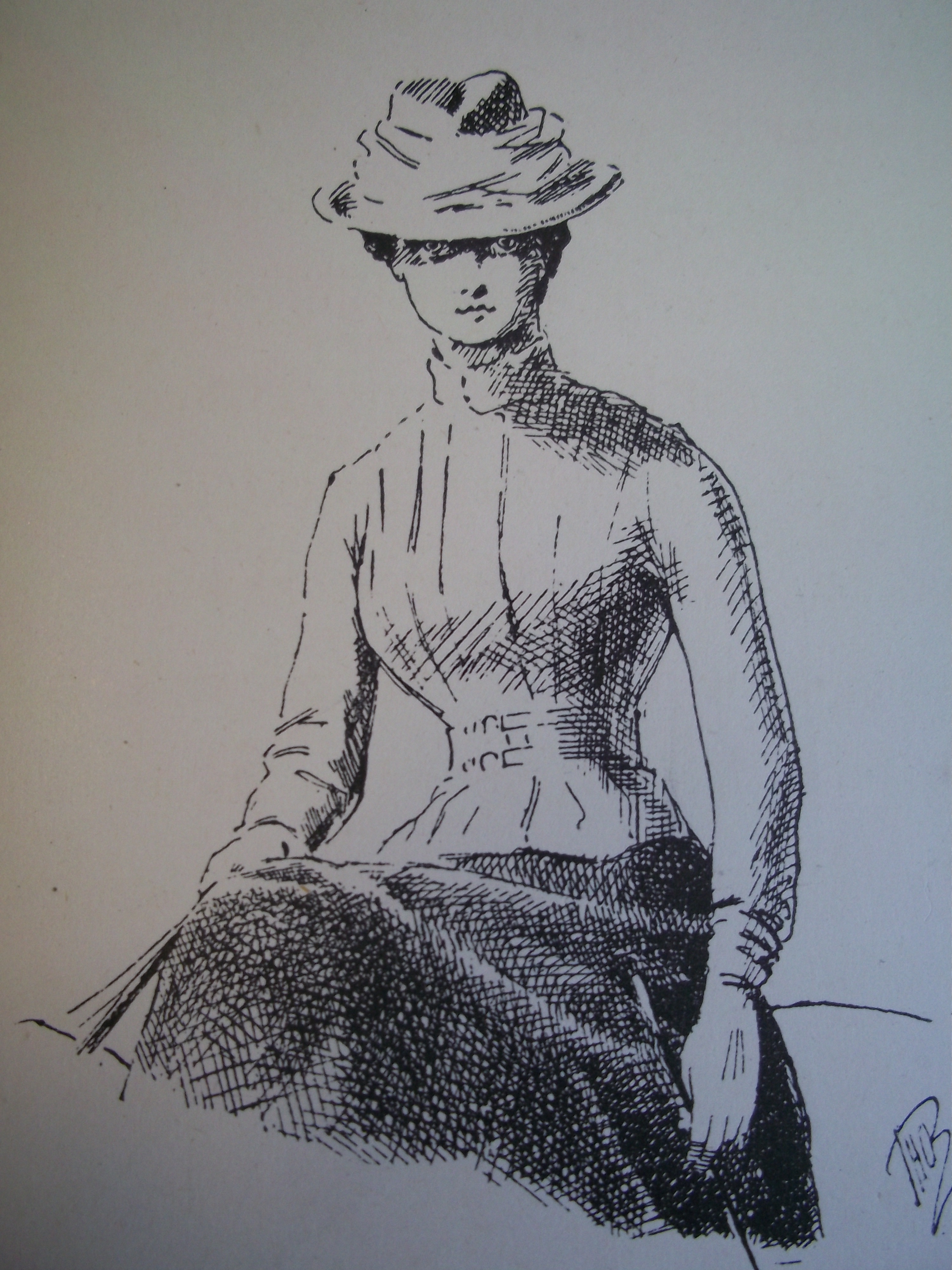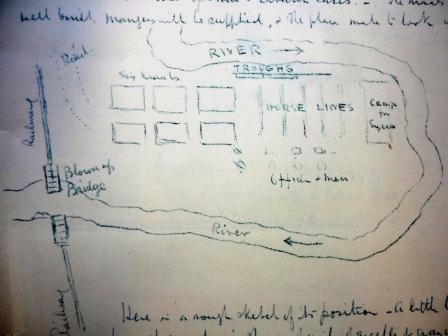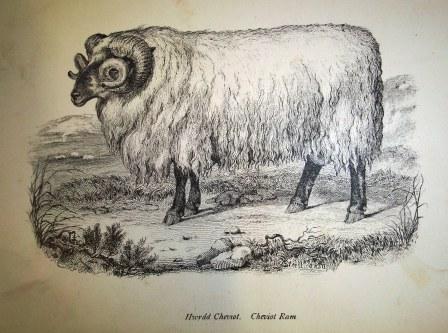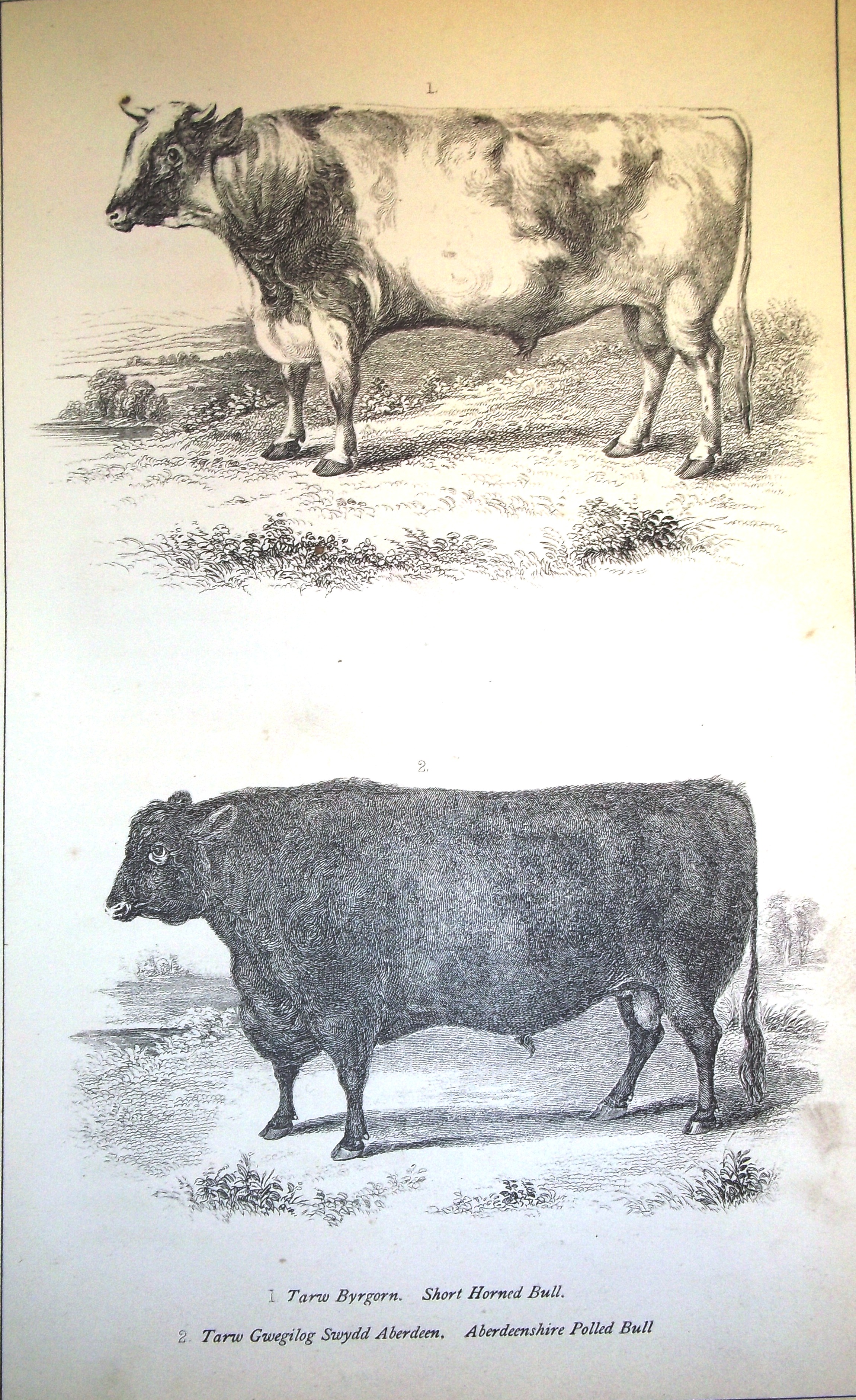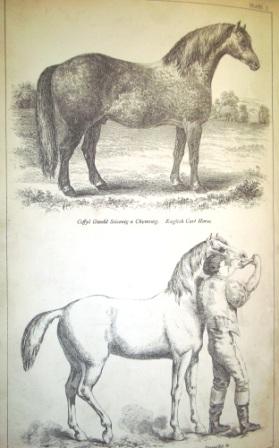During the recent reordering of the RCVS headquarters a 6 inch square box was found containing a cardboard model and a folded piece of paper. Further investigation revealed it was something rather exciting – the pasteboard model of a horse’s hoof which accompanies Bracy Clark’s two page pamphlet A new exposition of the horses’ hoof.
Bracy Clark (1771-1860), the son of a Quaker, was born in Chipping Norton, Oxfordshire. According to Frederick Smith, in The early history of veterinary literature and its British Development Vol III, Clark left school at 14 and was apprenticed to a surgeon for seven years. With the founding of the London Veterinary School in 1791 his thoughts turned to studying veterinary, rather than human, medicine and he enrolled at the London school some time during 1792, gaining his Diploma in July 1794.
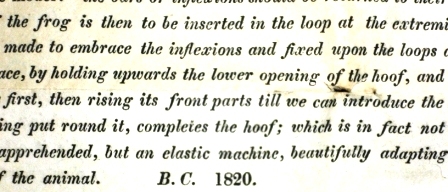
Signature and date
After a period touring the continent he opened a practice in Giltspur Street, London which mainly dealt with brewery horses. Whilst in practice Clark developed an interest in shoeing, establishing a number of forges throughout the country. He was later joined at the practice by his nephew Charles Clark and appears to have retired from active work in 1828.
In retirement Clark, now settled at Taunton Street near Regents Park, devoted his energies to publishing and re-editing his own works and experimenting with shoeing.
The pamphlet found in the box A new exposition of the horses’ hoof is dated 1820 and signed BC. It starts:
“It would be difficult by words or description alone to convey a correct notion of the framing and construction of the Horses’ hoof: I have therefore invented a pasteboard model, which exhibits its nature and properties very familiarly.
In order to understand it, it will be necessary to take it to pieces a few times, and put it together again, when the simplicity and manner of its construction will be strongly and clearly impressed on the mind”

Clark explains how to dismantle the model by withdrawing the pins (which can be seen in the photographs) and how to learn more of the structure of the hoof by studying how the labelled flaps connect and move etc.

For example writing of the wall of the hoof which has been exposed by the removal of the frog and the sole from the model:
“by reversing the situation of the Bars or Inflexions,…we now discover that they are simply a continuation of the wall, obliquely growing narrower…We can now discern, that the wall and bars are one continued piece…of an obliquely cut cylinder…and the great simplicity and power of such an arrangement must call forth our exulted admiration…”

The final paragraph of the pamphlet which explains how to put the model back together concludes:
“Now the Frog-band…completes the hoof: which is in fact not merely a rude covering of horn, as been apprehended, but an elastic machine, beautifully adapting itself to all degrees of exertion, or repose of the animal.”
Considering the model may be nearly 200 years old it is in very good condition – though as yet I have not been brave enough to take it apart. This is due to the fact that it had its own lockable box – which in itself gives some indication of its value at the time the pamphlet was written.
At the moment we do not know how it comes to be in our possession but we do know that Bracy Clark gave a complete set of his works to the RCVS library around the time he became a Vice President of the College in 1857. So the ‘hoof’ could be Clark’s very own model, we will let you know what we find out!


